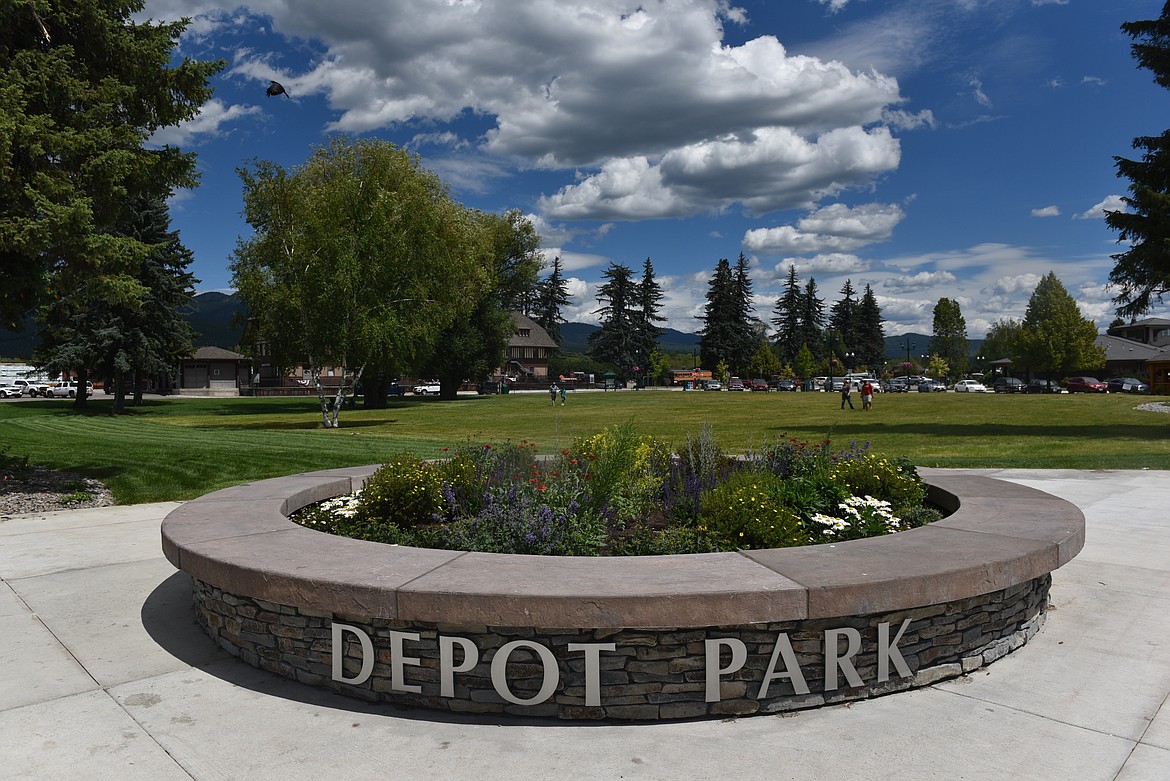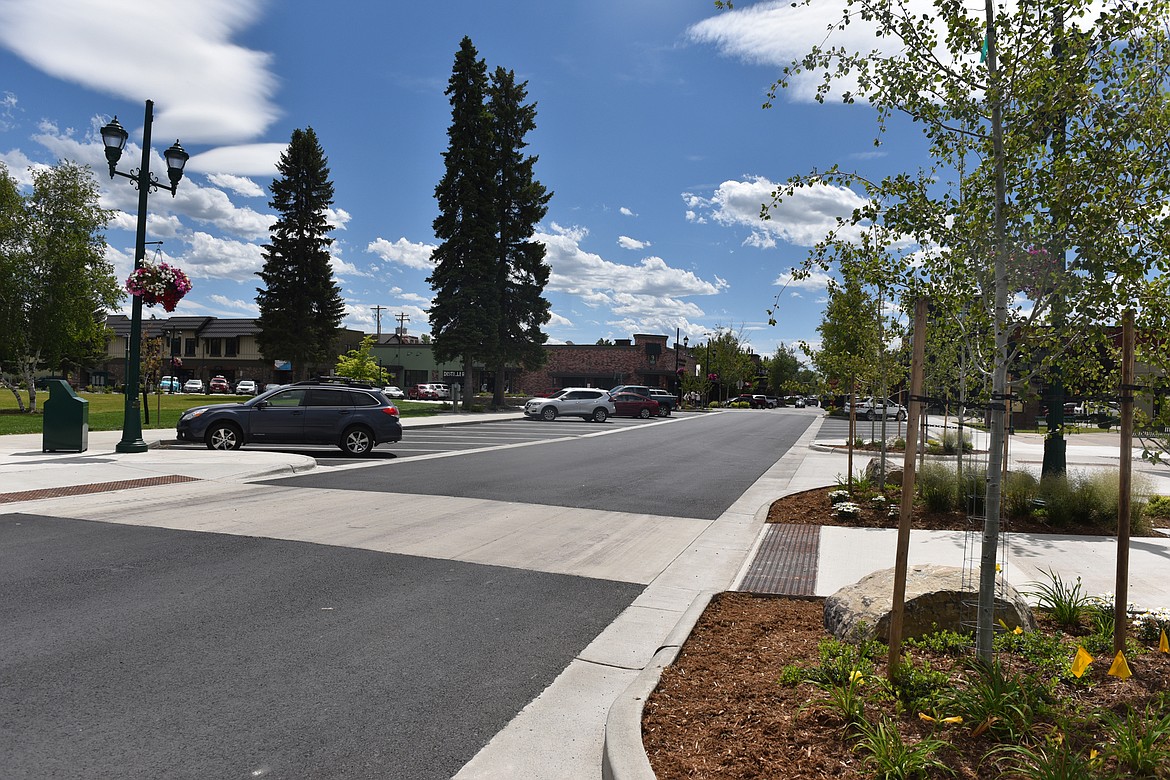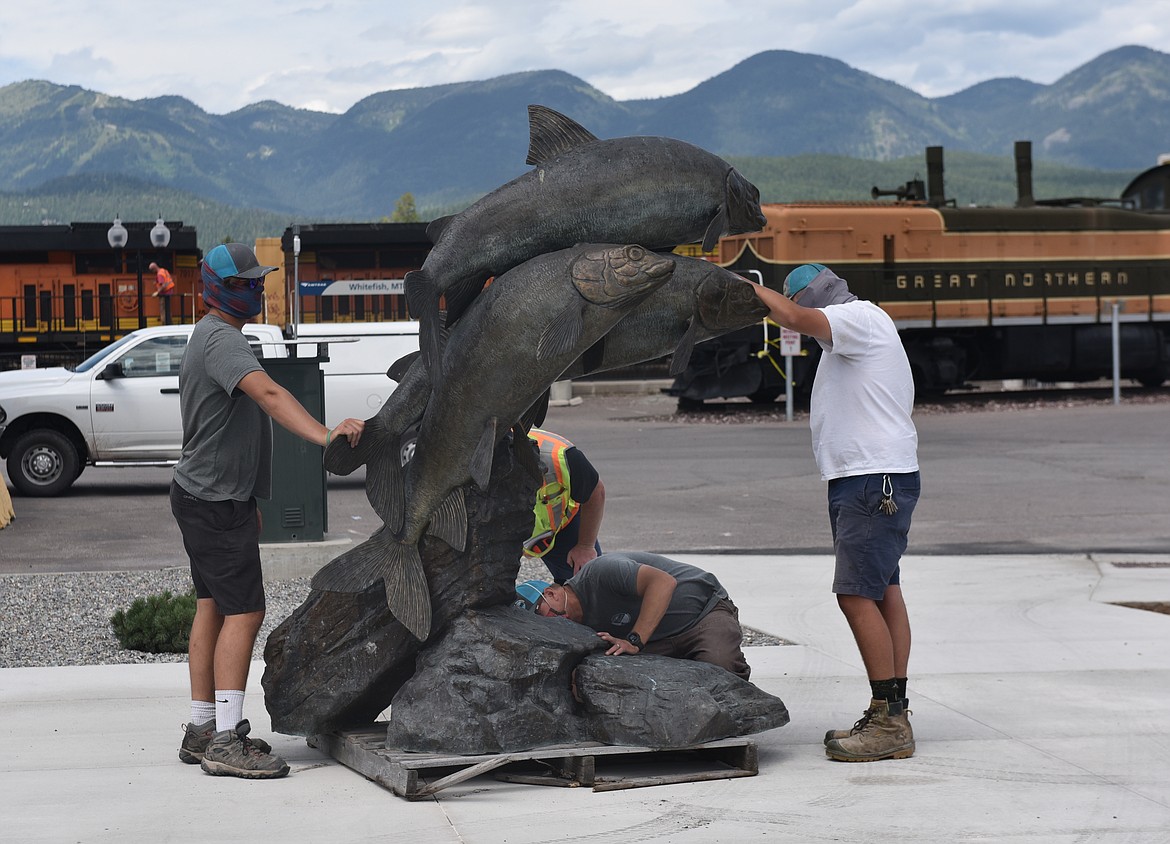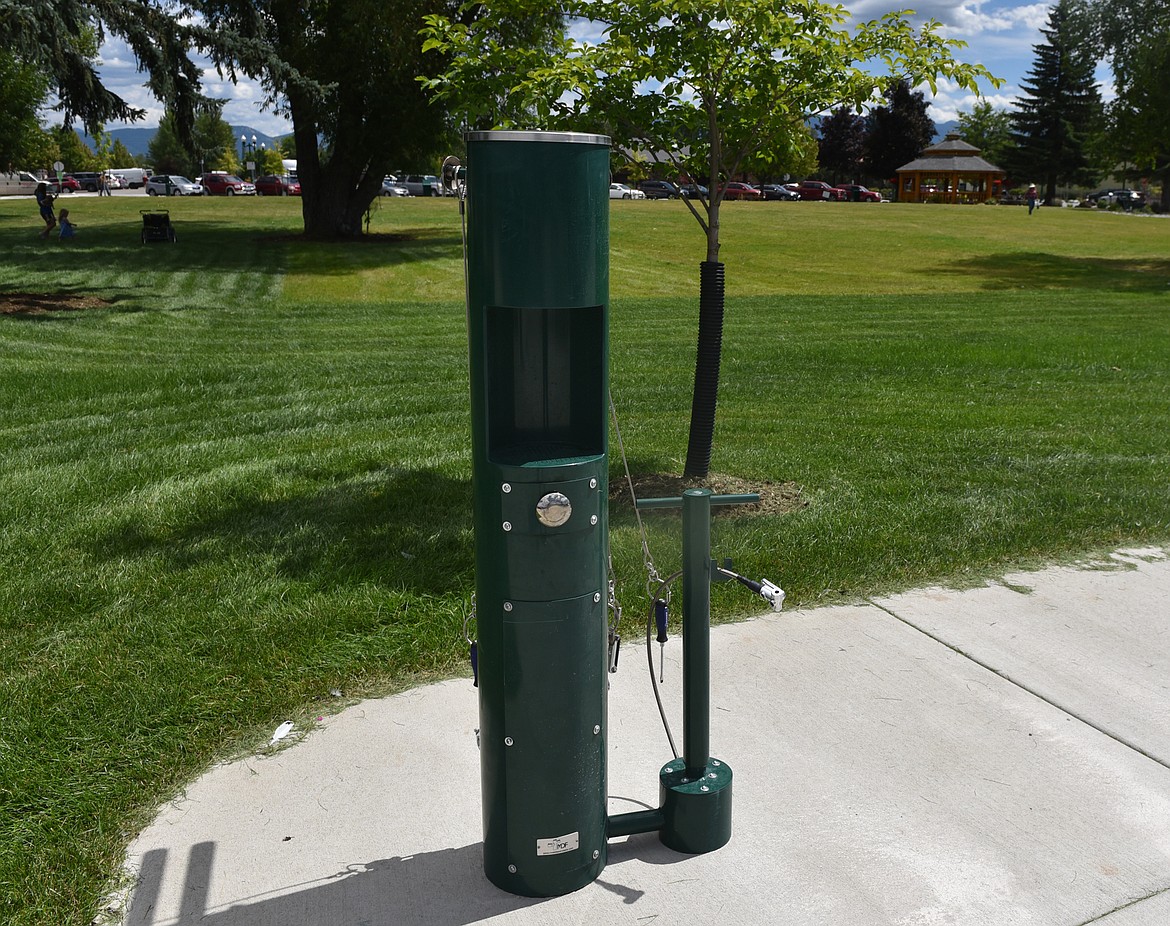Whitefish’s Depot Park renovation completed
Depot Park is the open space at the heart of downtown Whitefish. The park plays host to family gatherings, lunchtime picnics and major events, and is often the first glimpse of town visitors get when coming off the train. ...
Support Local News
You have read all of your free articles this month. Select a plan below to start your subscription today.
Already a subscriber? Login
Daily Inter Lake - everything
Print delivery, e-edition and unlimited website access
- $26.24 per month
Daily Inter Lake - unlimited website access
- $9.95 per month





